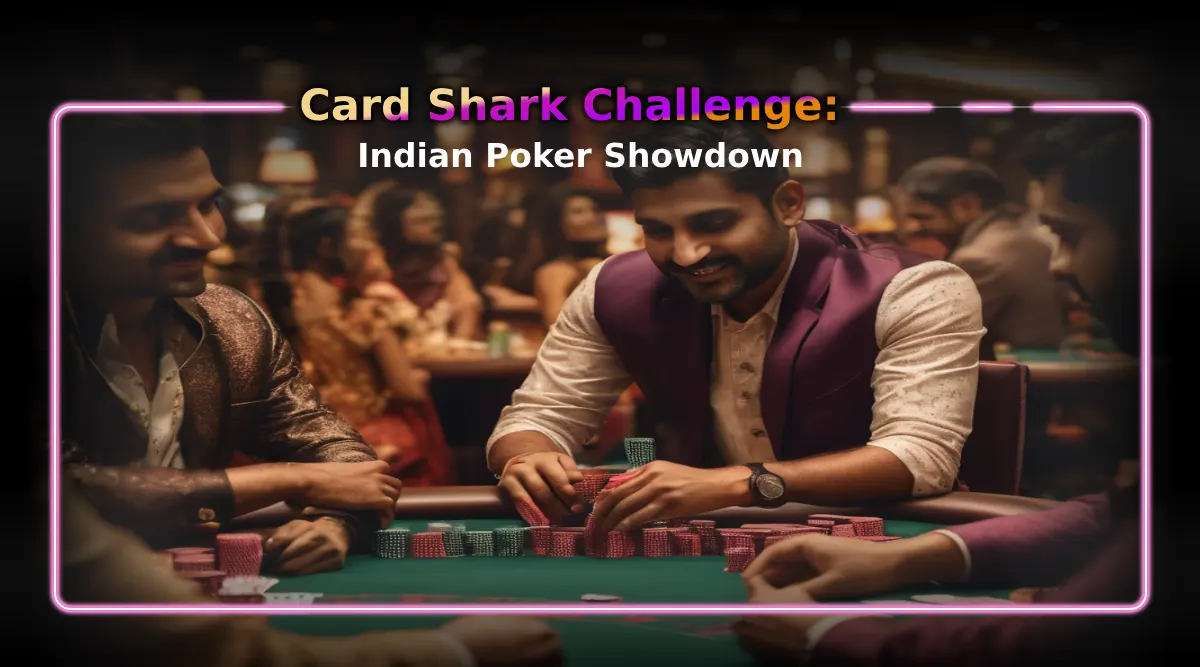
Indian Poker, not to be confused with Caribbean Stud Poker, stands as a unique and engaging card game that has garnered significant attention in the casino world. This guide delves into the intriguing world of Indian Poker, shedding light on its origins and the factors contributing to its increasing popularity among casino enthusiasts.
The game’s appeal lies in its blend of simplicity and strategic depth, offering a refreshing variation from traditional poker games. This casino guide aims to equip readers with a thorough understanding of Indian Poker, from its basic rules to advanced strategies, ensuring a comprehensive grasp of the game.
Understanding Indian Poker
The essence of Indian Poker lies in its straightforward rules, whether you’re playing at your favorite online casino, or at a land-based one. Each player is dealt a single card, which is then placed on the forehead without looking at it, allowing all players except the cardholder to see it. The game involves rounds of betting, where players wager based on the strength of the cards they see on other players’ foreheads.
The objective is to deduce the strength of one’s own card in relation to others. The game ends with a showdown, where players reveal their cards, and the highest card wins the pot. This unique gameplay makes Indian Poker not just a game of chance but also of psychology and strategy.
Indian Poker has several variations that add exciting twists to the standard game. Each variant comes with its own set of rules and strategies. One popular variation is the ‘blind man’s bluff’, where the gameplay remains largely the same, but additional layers of betting and bluffing are introduced.
For players looking to enhance their gameplay, a cheat sheet poker strategy can be beneficial. This can include tips on betting patterns, bluffing techniques, and how to read opponents, which are particularly useful in the different variants of Indian Poker.













